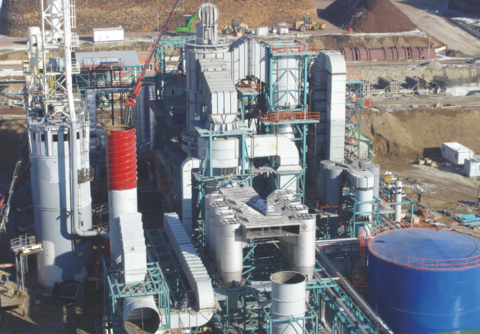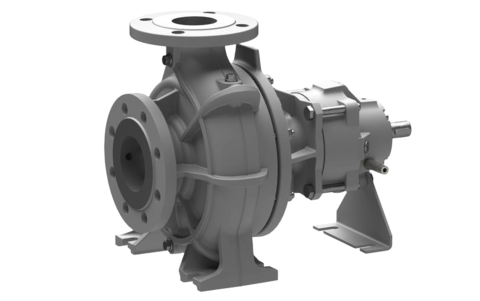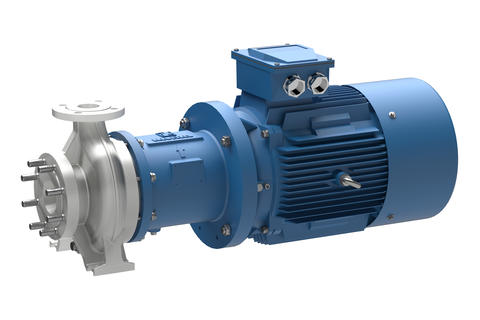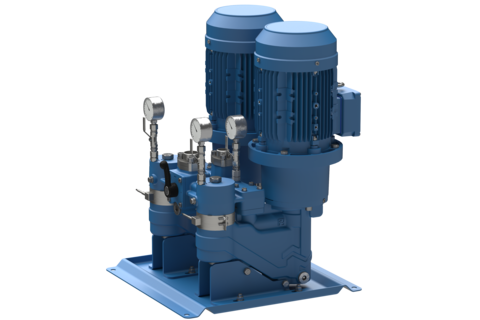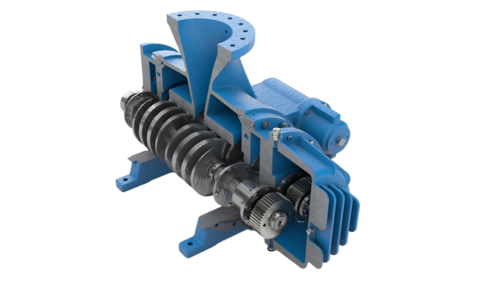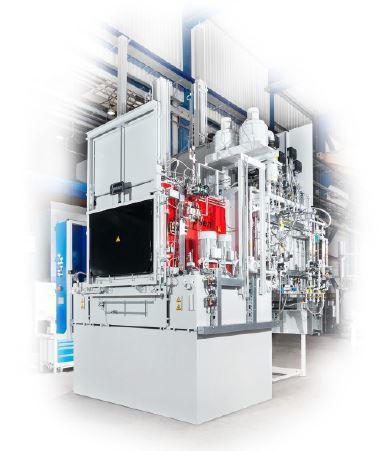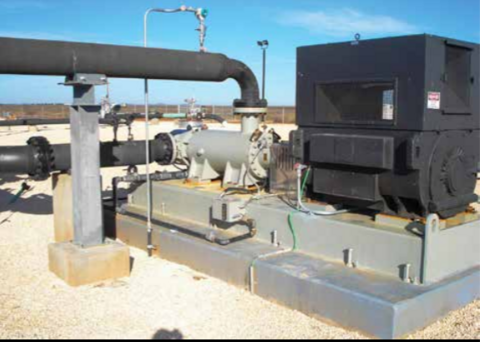A Variety Of Heat Transfer Liquids
Operators of these systems must make a fundamental choice based on their own specific requirements: water or oil as the heat-transfer liquid? lf oil is chosen, a second decision arises: petroleum-based or synthetic oil?
When temperatures reach approximately 180 to 200 °C, the high pressures in the system almost always necessitate the use of heat-transfer oil, which can operate up to 320 °C with virtually no pressure. As a result, the entire system can be constructed with much thinner walls. Oil also does not have the corrosive properties of water.
By contrast, when water is used as a heat-transfer liquid, it generates a system pressure of 80 bar at just 300 °C. For applications that require temperatures of between 350 and 400 °C, such as ground preparation (decontamination), manufacturing of semiconductors and printed circuits, or solar thermal power stations, synthetic oil is the only choice.
Overall, heat-transfer oils have proven to be the best choice in most industrial processes. Solar power stations and solar field engineering are major users of synthetic oils like Therminol VP1 and Dowtherm A with feed temperatures of approximately 400 °C.
